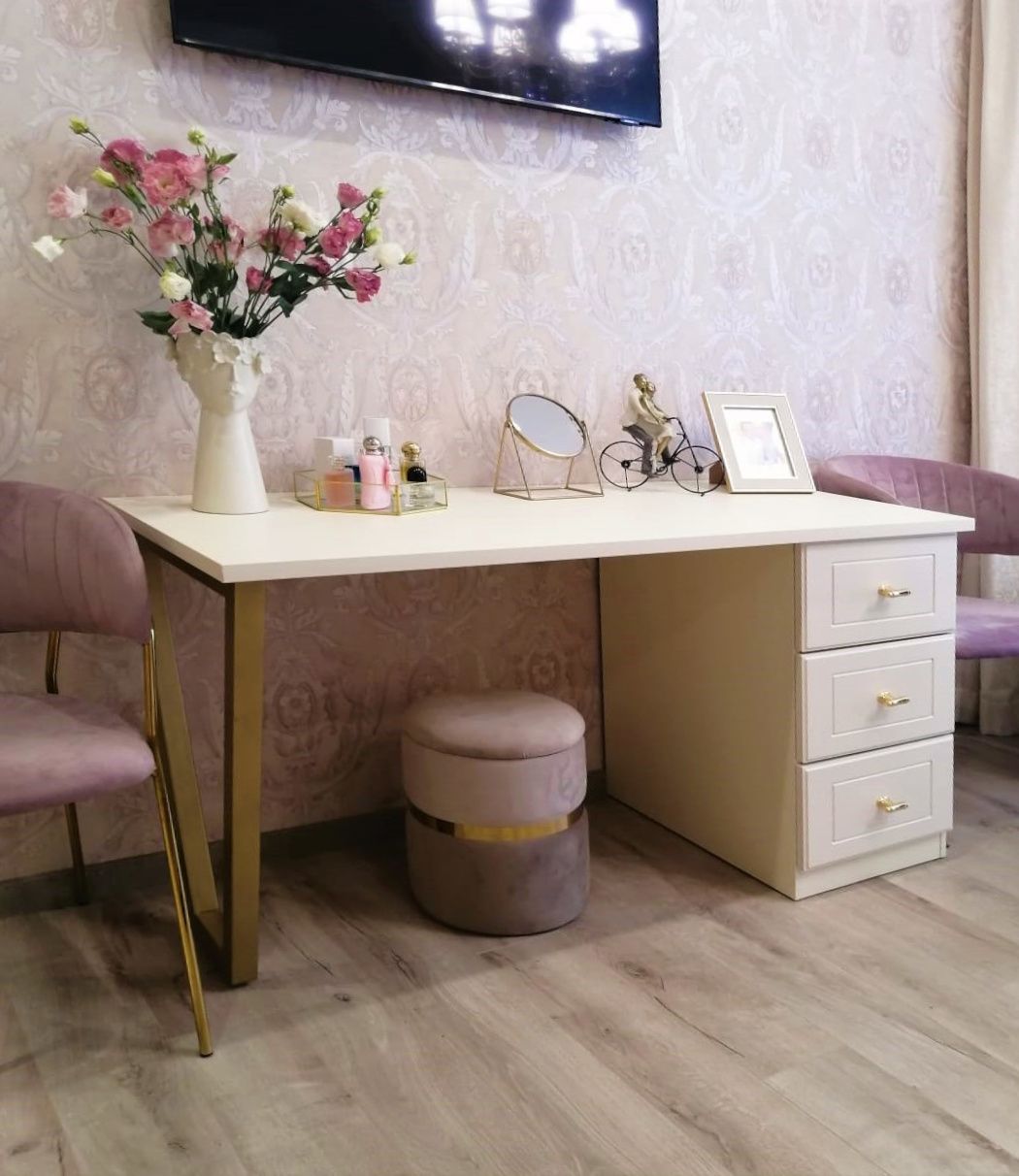
Introduction to Redefined Culinary Spaces
The essence of a culinary space goes far beyond function; it is the heart of the home where families gather, recipes come to life, and culinary creativity flourishes. In recent years, there has been a significant shift in how these spaces are designed, resulting in environments that are not only practical but also aesthetically beautiful and reflective of individual styles and needs. Let's delve into how culinary spaces are being redefined and the elements that are making them both functional and stunningly beautiful.
The Evolution of Kitchen Design
Gone are the days when kitchens were tucked away, hidden from the eyes of guests. Today's culinary spaces are a central part of the living area, often with open-plan designs that blend seamlessly with living and dining areas. This evolution speaks volumes about the shifting dynamics in interior design, where functionality meets conviviality, ushering in an era of kitchens that are equipped for both cooking and social interactions.
Materials and Aesthetics
The choice of materials in a culinary space sets the tone for its beauty and functionality. Modern kitchens often boast a combination of different elements such as natural wood, sleek granite, or industrial metals, creating a unique textural experience. The interplay of materials not only creates an attractive ambiance but also ensures durability and ease of maintenance, essential in a culinary environment.
Integrating Technology
Technology has become an inextricable part of redefined culinary spaces. Smart appliances, from ovens that can be controlled remotely to fridges that monitor food expiry dates, are not only efficient but also contribute to a sleek and uncluttered aesthetic. Moreover, innovative storage solutions ensure that every utensil and appliance has its place, maintaining clean lines and open spaces that are pleasing to the eye.
Lighting: Setting the Mood
Lighting plays a crucial role in redefining how we view culinary spaces. The right lighting can transform a kitchen from a mere workspace to a showcase area. Designers are creating moods through various layers of lighting, including task lighting for preparation, ambient lighting for general visibility, and accent lighting that highlights architectural features or decorative elements.
Color Schemes and Personal Touches
A personal touch is what truly makes a space beautiful. The use of color in a culinary space can reflect a homeowner's personality, be it through a bold backsplash, quaint pastel cabinetry, or vibrant kitchen accessories. The idea is to use color to create a harmony that resonates with the individual's sensibilities while maintaining the classic elegance that defines modern kitchen design.
The Social Kitchen
As the culinary space continues to redefine itself, it embraces the concept of the social kitchen. Larger islands and dining tables are becoming standard, signaling a shift towards a more communal and interactive use of space. These areas are not just meal preparation zones but hubs of communication and entertainment, bridging the gap between cooking and socializing.
Conclusion
Culinary spaces are being beautifully redefined to meet the demands of contemporary living, where aesthetics and functionality are intertwined. Current trends see kitchens as an extension of the living space—a place to cook, eat, socialize, and make memories. As these spaces continue to evolve, they reflect personal styles and foster environments that are as beautiful as they are practical, setting the stage for a new chapter in the art of culinary design.